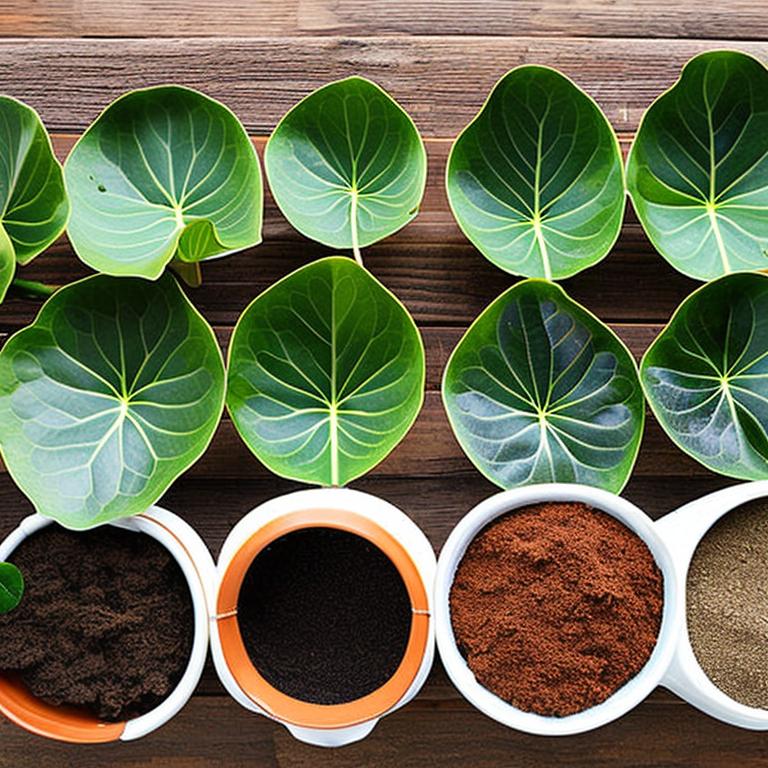Understanding Tubers and Planting Techniques
Tubers are a type of plant structure that stores nutrients and energy for the plant's growth and development. Elephant ear plants, known for their large, heart-shaped leaves, grow from tubers. Understanding the nature of tubers and the proper planting techniques is essential for successfully propagating elephant ear plants. When planting elephant ear plants from tubers, it is important to choose healthy and firm tubers. These tubers serve as the starting point for the growth of the plant. Before planting, it is recommended to inspect the tubers for any signs of damage or rot. Healthy tubers will have a firm texture and show no signs of decay. To plant elephant ear tubers, select a location with well-draining soil and partial shade. Dig a hole that is slightly larger than the tuber itself, ensuring that the tuber is placed horizontally with the growing points facing upward. Cover the tuber with soil, leaving the top exposed. Water the newly planted tuber thoroughly to help settle the soil and provide moisture for growth. Proper spacing is also crucial when planting elephant ear tubers. These plants require room to spread out and grow to their full potential. Leave adequate space between each tuber to allow for proper air circulation and prevent overcrowding. Understanding the planting depth is another key factor in successfully growing elephant ear plants from tubers. Plant the tubers at a depth where they are covered with soil but not buried too deeply. This will allow the tubers to establish roots and begin sprouting shoots towards the surface. By following these planting techniques and understanding the nature of tubers, you can set the foundation for healthy growth and development of elephant ear plants. Taking the time to properly plant the tubers will ensure a strong start for these striking and tropical-looking plants in your garden.
